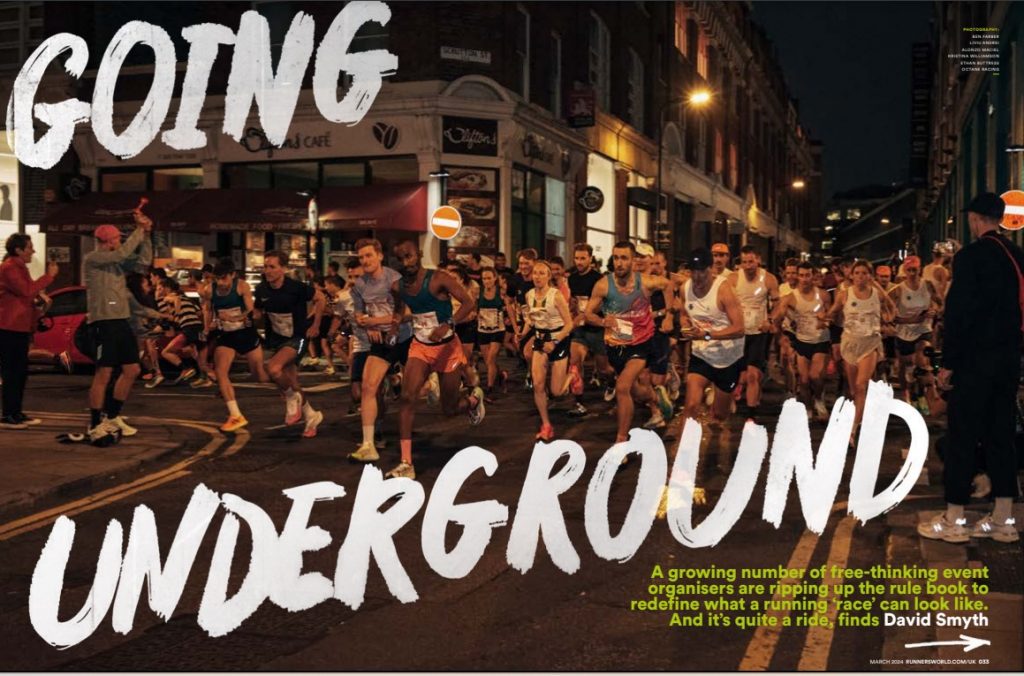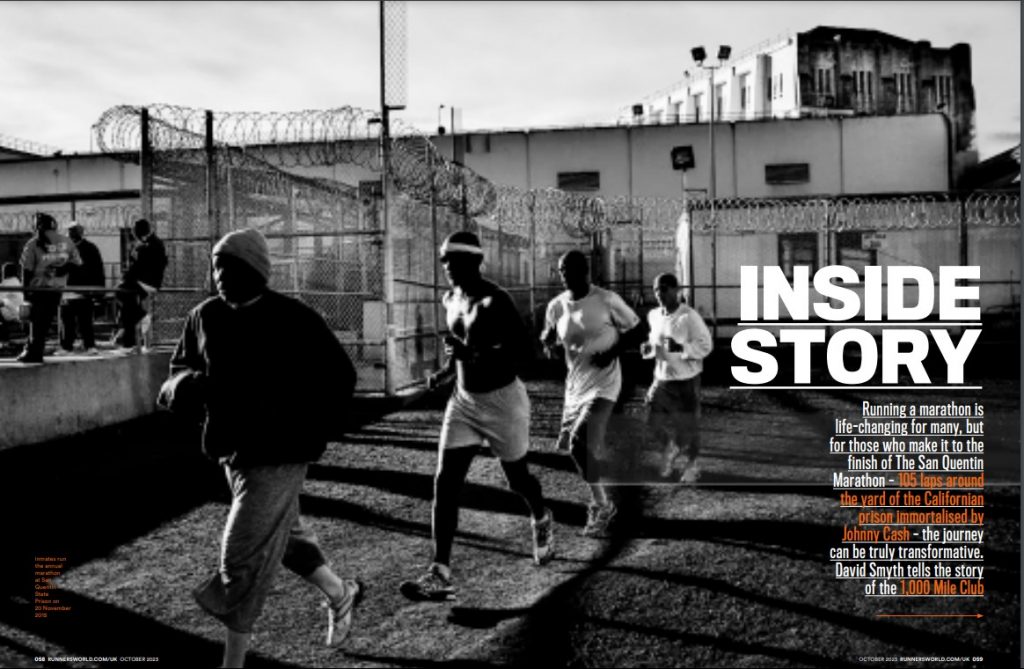Way, way out the back of King’s Cross, on a back street some distance after the regeneration appears to have tailed off, sits a collection of drab brown office buildings. It’s all very nondescript, until you get a load of the cars parked outside. Sporty numbers abound, and there’s a significantly higher proportion of bright yellow vehicles than you get on a typical London street. It’s the only clue that this is where much of Britain’s best dance music is made – I’ve come to meet Nero at their studio, but Chase and Status are in the one next door, Mark Ronson is downstairs and the Prodigy are in the adjacent building.
You may remember Nero as the duo Dan Stephens and Joe Ray, who gave the fierce, rumbling industrial sounds of dubstep a pop sheen and sent their debut album to number one in 2011. Now they’re a trio, with occasional singer Alana Watson promoted to full-time membership, ready to make their London comeback at the Wireless festival in a couple of weeks and release a marvellous second album at the end of August.
“We’ve been gigging so much, touring for three years, so setting time aside to write was quite hard,” says Stephens, by far the most talkative of the bunch. They’re teenage clubbing buddies from Northwood, Fabric veterans who are all now 31. “It meant that the album took three years to write, which is obviously quite a long time by today’s standards, especially in electronic music.”
Four years without new material means that naturally they’re returning with a different sound. The dubstep tag no longer applies. New songs such as the single The Thrill, out on Monday, pair Watson’s breathless voice with towering synths that are in a higher register than the bass music of old. Does this mean dubstep is over? “Yeah, I think so,” says Stephens. “I mean, even at the time we didn’t want to be associated with any genre, and were trying to avoid the use of the word dubstep. We just wanted to write electronic music. It’s only the tempo that means people will tag a genre onto it.”
The new material has more in common with the emotional electronica of M83 or Porter Robinson – synths piled high, tonnes of melody, designed for something more than just dancing. It’s deep stuff, perhaps only to be expected from a classically trained cellist (Stephens) and classical guitarist (Ray) who are capable of making more complex music than the standard air-punching fare. In 2013 they wrote incidental music and a new song, Into the Past, for the high profile soundtrack of Baz Luhrmann’s Great Gatsby film. The highlight of their first album campaign was an invitation from Radio 1 to compose and perform a “dubstep symphony” – an 18-minute piece featuring the BBC Philharmonic Orchestra. You don’t see that kind of sonic ambition in, say, David Guetta.
“We really enjoyed it. It was nice to be able to think about our music purely on a compositional basis, and not have to think about the sound so much,” says Stephens. At some point they want to make it longer and perform it somewhere even more prestigious, perhaps at the Barbican or a Prom.
Since they wrote it, the word “dubstep” has been erased again. It’s now known as Symphony 2808 and appears on the deluxe edition of their first album, Welcome Reality. That number is significant for the group. The new album’s release date was brought forward so that it could come out on August 28. It’s also on the sign marking their parking space at the studio. It’s taken from the Japanese anime film Cyber City Oedo 808, which is set in the year 2808. “We just loved it visually,” says Stephens. Amid the end-of-the-world electronic barrage of their song Doomsday, December 21 2808 is given as the date for the apocalypse – mark your calendars. It’s all part of a sci-fi image that extends to a metallic stage set-up straight out of Tron, cyborg-style attire and songs that would be equally at home on Mars than in Finsbury Park.
The title of the new album, Between II Worlds, isn’t quite as space-age as it seems, however. “It’s about us moving between the DJ, dancefloor thing and wanting to be more of a band,” explains Ray. “We’ve been trying to get that balance between something that will make you dance and these sweeter songs.”
Their experience of writing the album was a lot more retro than you might expect, too. Booked for a large number of gigs in California, they began the process by renting the Hollywood Hills house in which Orson Welles wrote Citizen Kane. “It was a pretty inspirational spot. There was loads of memorabilia, artwork and posters, and a little ‘Rosebud’ sleigh above the pool table,” says Watson. They’ve also been looking to the past for their sound, and give me a close-up look at their Yamaha CS-80. It’s a beast from the Seventies with more buttons than a Pearly Queen, the same kind used by Vangelis on the Bladerunner soundtrack. “We’ve started collecting classic synths at great expense,” says Stephens. “We like that human touch to the music. You can smell the age of it. But it weighs about 18 stone and takes three men to move it.”
The removal men will be in steady employment later in the year, when Nero plan a major tour, still to be announced. The Wireless show is an interim appearance featuring a few new songs, before they display their full reinvention after the album comes out. “We have slightly neglected the UK for America,” admits Stephens. “But now we’re back, this is our home, we want to conquer the UK again hopefully and Wireless is our starting point.” Don’t bet against these sci-fi fans with the rocket-powered sound. I predict a bright future.
Wireless, July 3, Finsbury Park, N4 (0844 844 0444, wirelessfestival.co.uk)











